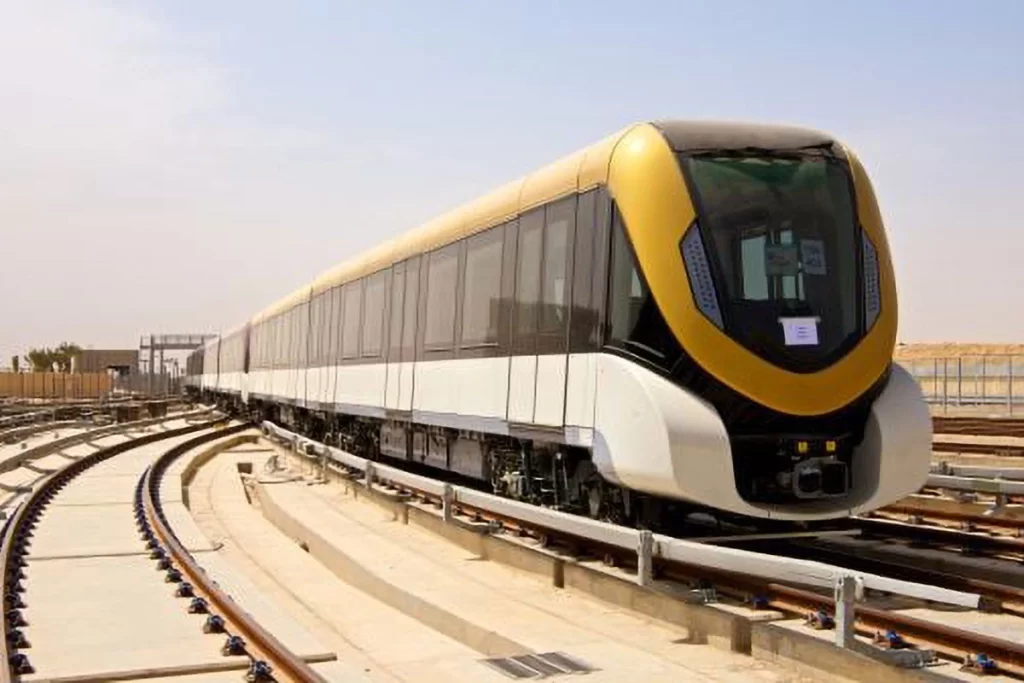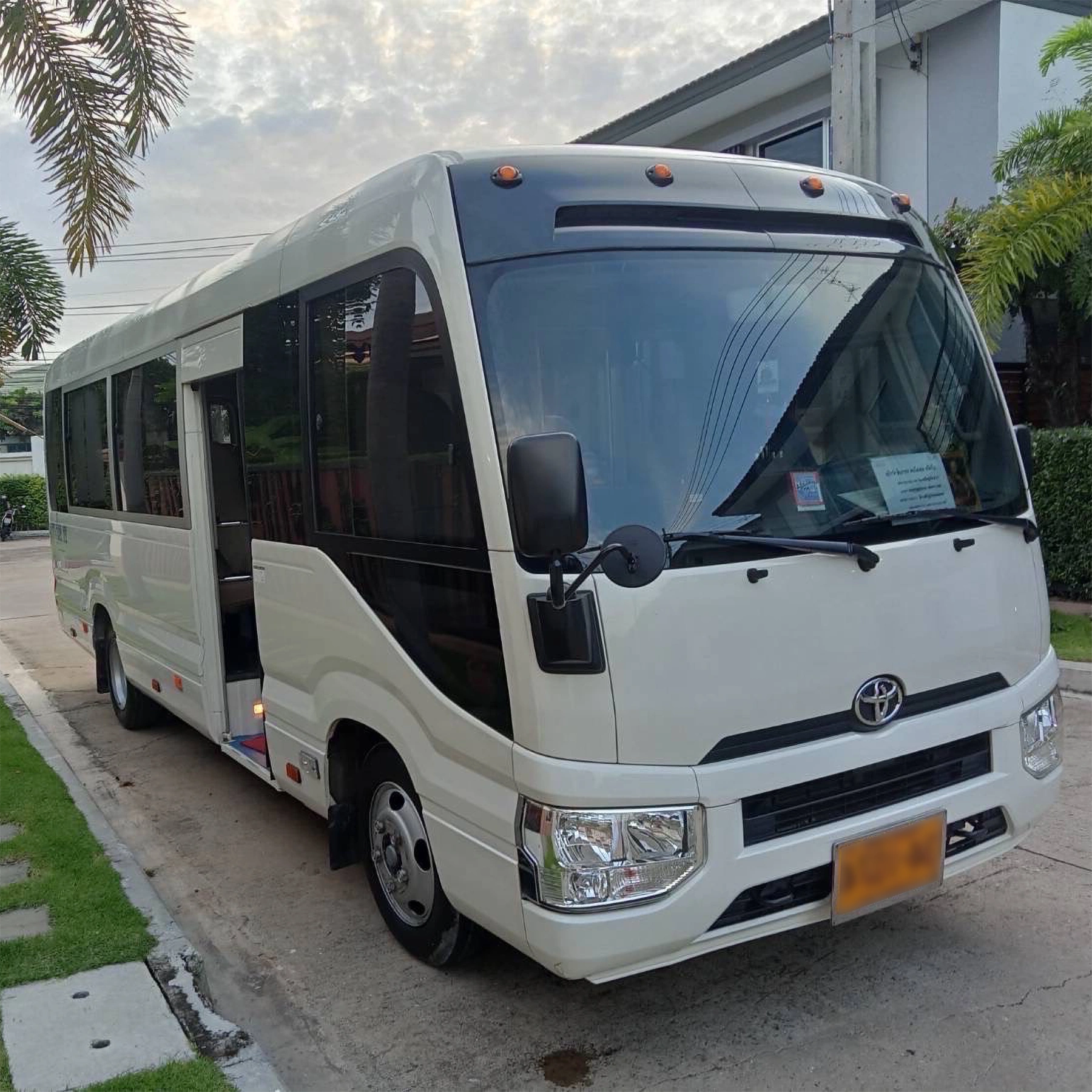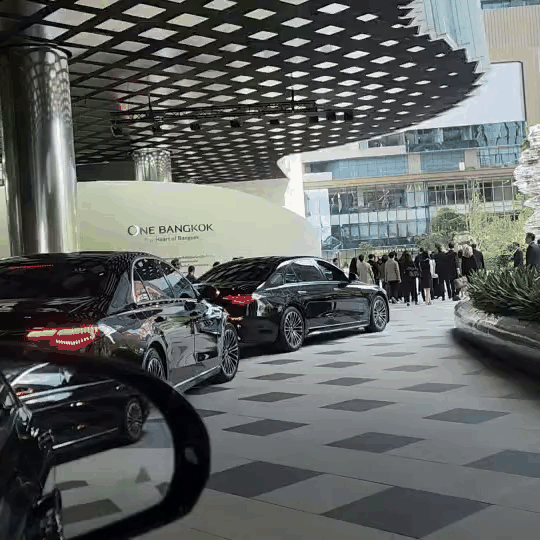
November 27, 2024, marks a historic milestone for Saudi Arabia as the much-anticipated Riyadh Metro officially begins operations. This launch is not just a transportation revolution but a significant step towards the country’s ambitious Vision 2030, aiming to modernize Riyadh and enhance the quality of life for its residents and visitors.
The Significance of Riyadh Metro
The Riyadh Metro is designed to address several key challenges in the rapidly growing capital:
1. Reducing Traffic Congestion
With 6 lines, spanning 176 kilometers and including 84 stations, Riyadh Metro is expected to significantly reduce car usage and alleviate traffic congestion in the city.
2. Supporting Vision 2030
The project is part of the Vision 2030 initiative, which seeks to diversify the economy, reduce reliance on oil, and promote sustainable urban development.
3. Improving Quality of Life
Citizens will benefit from faster, safer, and more reliable transportation with the introduction of cutting-edge driverless trains.
Transforming Travel and Lifestyle
The Riyadh Metro will not only reshape daily commutes but also positively influence the lifestyle of Riyadh’s residents and tourists:
1. Convenient Travel
The Metro connects key destinations, such as King Khalid International Airport, King Abdullah Financial District, and Kingdom Centre Tower, making travel easier for both locals and visitors.
2. Better Access to Attractions
Tourists can now effortlessly explore Riyadh’s landmarks, cultural hubs, and shopping districts, encouraging more tourism in the city.
3. Tech-Driven Connectivity
Features such as route planning apps, e-ticketing, and onboard Wi-Fi provide a seamless and connected travel experience.
Highlights of Riyadh Metro
1. The Longest Driverless Metro System in the World
Fully automated trains enhance safety, efficiency, and reliability.
2. Sustainability-Focused Design
Built with energy efficiency in mind, the Metro aims to reduce the city’s carbon footprint.
3. Modern Amenities
Stations are equipped with elevators, escalators, and multilingual signage to ensure accessibility and convenience for all passengers.
Tips for Passengers
Download the Riyadh Metro App: Plan routes and purchase tickets online with ease.
Check Operating Hours: Confirm service hours as they may vary.
Use Metro Cards: Save time and money by opting for reloadable travel cards.
The Riyadh Metro project was developed by a consortium of leading global construction and engineering firms, divided into three main groups responsible for different lines:
1. BACS Consortium
Companies Involved: Bechtel, Almabani General Contractors, Consolidated Contractors Company (CCC), and Siemens.
Responsibilities: Design and construction of Lines 1 and 2.
Details: This consortium managed the design and construction of Lines 1 and 2, part of the metro’s six-line network, spanning 176 kilometers and featuring 85 stations.
2. ANM Consortium (Arriyadh New Mobility)
Companies Involved: Webuild (formerly Impregilo), Bombardier, Ansaldo, Larsen & Toubro, Nesma & Partners, and WorleyParsons.
Responsibilities: Design and construction of Line 3.
Details: Responsible for Line 3, the longest line in the network, stretching 44 kilometers with 22 stations.
3. FAST Consortium
Companies Involved: FCC, Atkins, Alstom, Samsung C&T, Strukton, and TYPSA.
Responsibilities: Design and construction of Lines 4, 5, and 6.
Details: This consortium handled Lines 4, 5, and 6, covering 65 kilometers, including 11 underground stations and 17 elevated stations.
The Riyadh Metro, officially launched on November 27, 2024, in Saudi Arabia’s capital, is a state-of-the-art transportation system featuring six lines and 84 stations. Designed with modern amenities such as Wi-Fi, air-conditioned cabins, and multilingual signage, it provides eco-friendly and efficient travel, aligning with Vision 2030 to reduce traffic congestion and promote sustainability. Fares start at an affordable SAR 3-5 for single trips, with options for day passes, weekly and monthly plans, and discounts for students, seniors, and people with disabilities. The metro not only connects key landmarks and districts across Riyadh but also enhances urban commuting, making it an accessible and economical choice for residents and tourists alike.
THAITAXISERVICES™ Tweet






